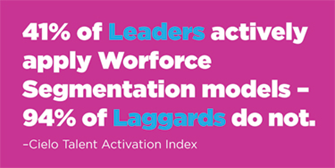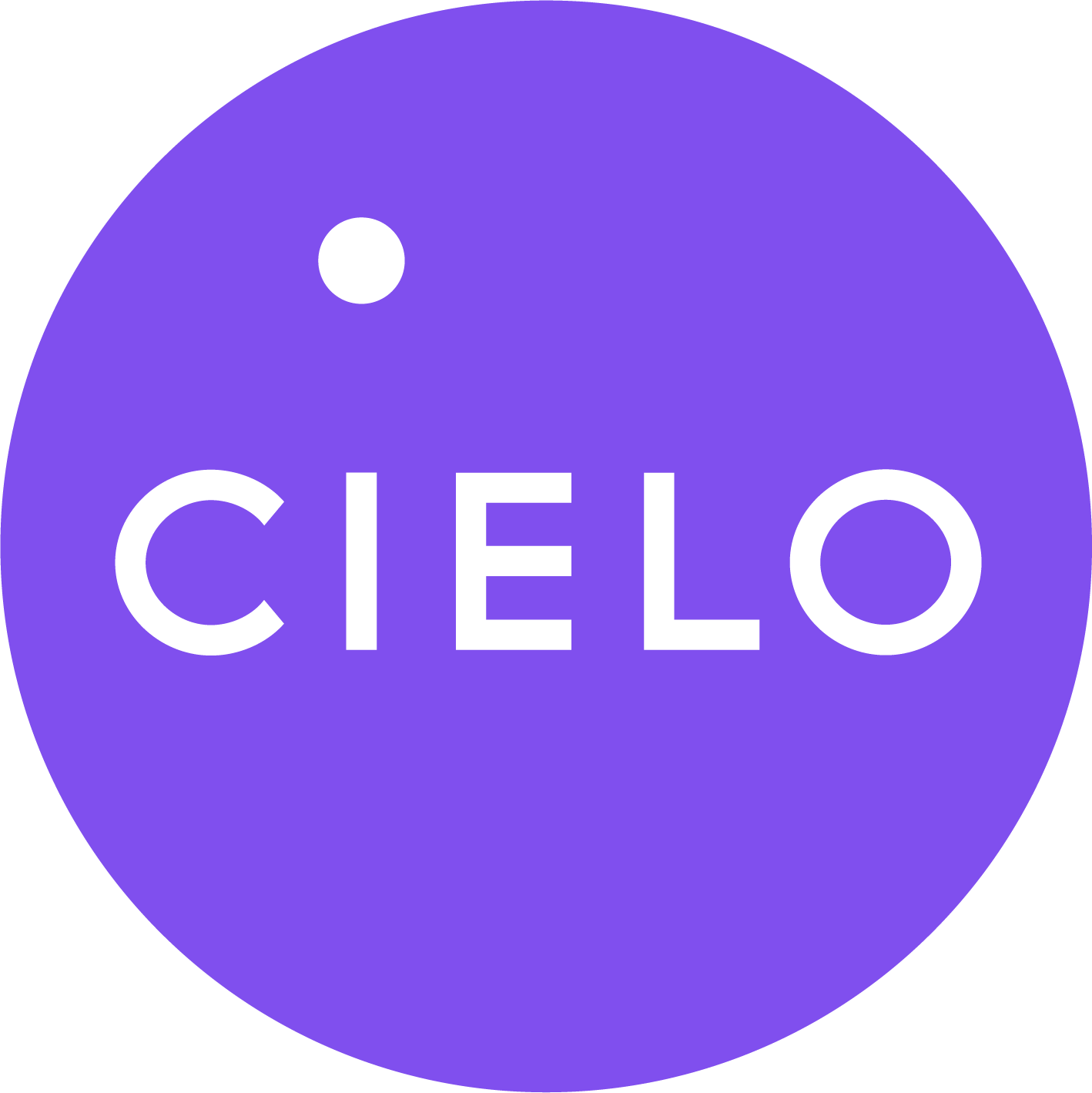What do an entry-level associate, mid-level manager and senior executive all have in common?
Beyond working for the same company, there is little that naturally connects these three employees. They all require different levels of attention and specific, fine-tuned motivational approaches to encourage them to reach their respective potentials. A tried-and-true method is called workforce segmentation.
Patience, honed attention and a properly structured environment that supports different kinds of employees can result in a higher degree of overall staff engagement. And doesn’t enhanced employee engagement often greatly impact the bottom line? Yes, as Aberdeen’s The Age of Employee Engagement report confirms: “Best-in-Class” companies are 59% more likely than all other companies to align changes in employee engagement efforts with greater organizational profitability.
The Workforce Segmentation-Employee Engagement Connection
As noted above, a proven method for motivating employees involves separating them into narrower employee population groups based on similar characteristics – such as skill sets, preferences and regions. This process, known as workforce segmentation, essentially splits staffers into cohorts based on one or more comparable requirements and/or characteristics. Top companies are undertaking this approach:
- Per the Cielo Talent Activation Index, workforce segmentation is a popular tool among leading companies. In fact, “Leaders,” companies that are “excellent” in achieving at least two of their top three strategic talent objectives, are nearly seven times more likely than “Laggards” (between “average” and “poor”) to leverage workforce segmentation to motivate and engage their workforces (41% vs. 6%).

Per Aberdeen’s Getting the Most out of Your Pre-Hire Assessments report, barring the use of pre- or post-hire assessments to determine skill gaps and proficiencies of incoming and current employees, workforce segmentation can help companies determine and separate high performers from all other contributors.
Top companies realize the value-add of such differentiation, especially when it comes to ensuring the most qualified and capable employees are truly in the correct jobs. When top talent recognizes their best interests are kept in mind – whether that means a clear path for promotion, more opportunities for growth or additional expectations – they’ll be more engaged and productive in their work, which greatly impacts business results. In order to achieve this nirvana, companies need to have a process in place to identify such employees:
- Per Aberdeen’s report, Translating High Potentials into High Performance, “Best-in-Class” organizations are 26% more likely to have a process in place to identify top talent, compared with all other companies.
Companies that frequently communicate their business goals and core values naturally have employees who feel a greater sense of responsibility and connection to the organization and pride in the business results they inspire. In fact, Aberdeen’s The Age of Employee Engagement report demonstrates that “Best-in-Class” companies are 27% more likely to effectively communicate core values with their employees than all other companies. After all, with great communication comes even greater engagement (I think Ben Parker said it best).
The Need to Underscore Growth Opportunities
Formally communicating to top talent that there is room to grow and enabling them to do so is also vital to achieving long-term business results, engagement and strengthened retention. This doesn’t imply that companies should put all of their focus on the segment of their workforces that continuously exceeds their goals. Instead, ensure employees from all different workforce segments don’t feel as though they’re competing against other groups.
With a strong, balanced emphasis on communication and engagement, companies can have an impact on business returns similar to the “Best-in-Class” companies identified in Aberdeen’s research. Here, top companies are more than twice as likely to retain customers as all other companies, and they witness nearly five times greater the revenue per employee. If an engaged, motivated workforce isn’t enough to get you to incorporate workforce segmentation, proven bottom-line should.
Where does your organization rank in terms of talent strategy? Is your HR team currently planning for next year? Find answers with the complementary Cielo Talent Activation Assessment!
